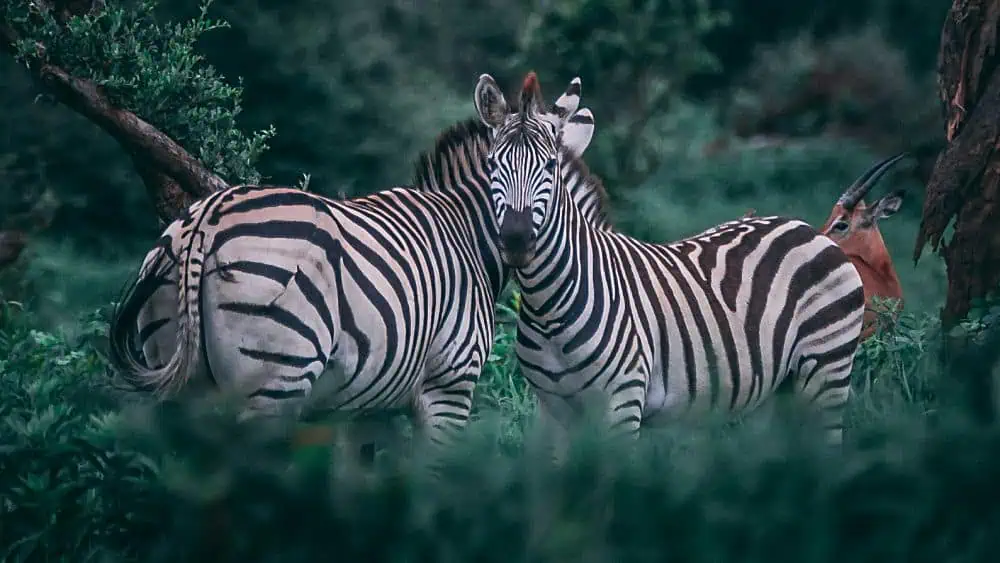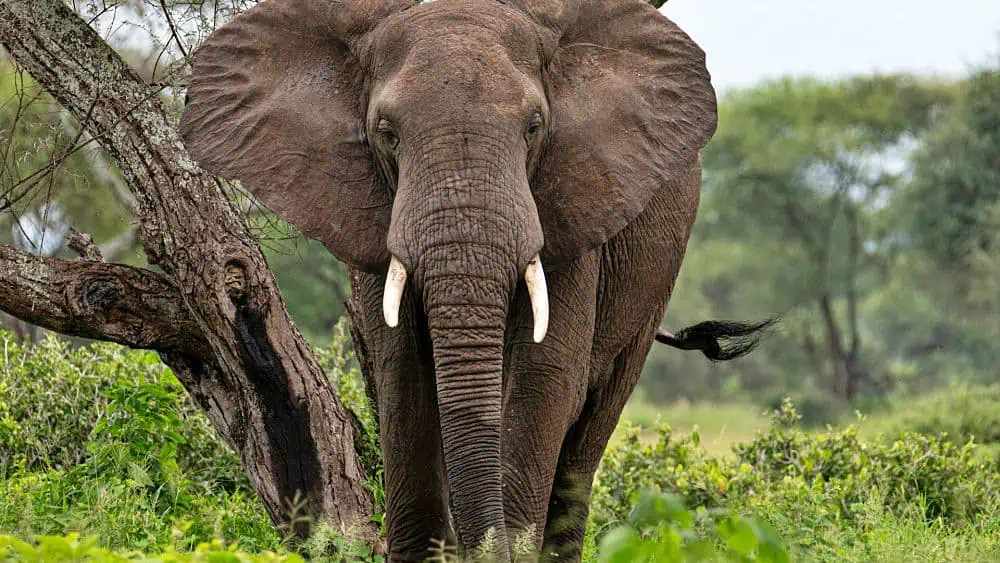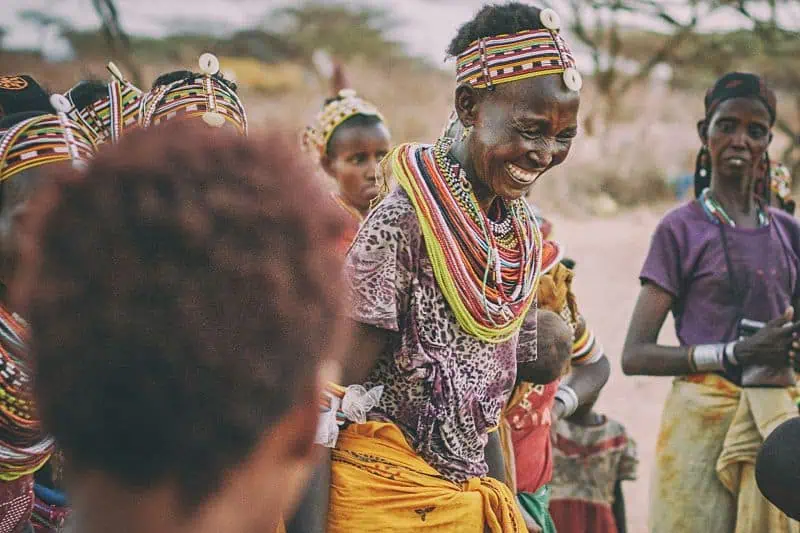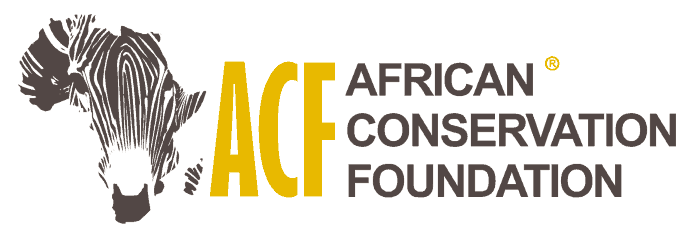Conservation Strategy
what is the most effective conservation strategy in Africa?
The most effective conservation strategy in Africa encompasses a multifaceted approach, integrating various methods tailored to specific ecological, social, and economic contexts. Here are key elements often recognized as highly effective:
- Protected Areas and Reserves:
Establishing and managing protected areas where ecosystems can thrive with minimal human interference is a cornerstone of conservation. These areas, like national parks and wildlife sanctuaries, not only protect biodiversity but also provide ecological services like water purification and carbon sequestration. The success of the southern white rhinoceros population recovery, for instance, is largely due to such protected environments. - Community-Based Conservation:
Involving local communities in conservation efforts has proven to be effective. When conservation strategies align with the needs and interests of local populations, there’s greater buy-in and success in long-term conservation goals. Examples include initiatives where communities are empowered to manage resources sustainably, which simultaneously reduces conflicts with wildlife and supports local economies. - Species-Specific Programs:
For critically endangered species, targeted conservation programs like captive breeding and reintroduction into the wild have seen success. The Cross River gorilla Conservation Programme in Cameroon or reintroduction of the scimitar-horned oryx in Chad is one such example where these methods have been effective. - Restoration Projects:
Habitat restoration, like reforestation or the restoration of wetlands and mangroves, plays a crucial role. These projects not only help in the recovery of ecosystems but also in mitigating climate change impacts by acting as carbon sinks and buffers against natural disasters. - Policy and Legislation:
Strong environmental laws and policies at both national and international levels provide a framework for conservation. The Convention on Biological Diversity and national conservation strategies demonstrate how policy can drive conservation efforts. - Sustainable Use and Management of Resources:
Promoting sustainable practices in resource use, like sustainable forestry or fisheries management, ensures that ecosystems can continue to support both biodiversity and human needs without degradation. - Education and Public Awareness:
Educating the public about biodiversity and the importance of conservation can lead to greater societal support for conservation initiatives. This strategy aims at fostering a conservation ethic among individuals, which can lead to more grassroots conservation efforts. - International Collaboration:
Global cooperation through organisations like the UN or the Global Environment Facility provides the necessary scale to address transboundary environmental issues, enhancing the effectiveness of conservation strategies through shared resources, knowledge, and action plans. - Economic Incentives and Conservation Financing:
Incorporating economic tools to value natural resources include cost-benefit analyses to assess the trade-offs of development projects, conservation bonds, payment for ecosystem services to incentivise sustainable practices, and ecotourism models that align economic benefits with environmental protection. By quantifying the true costs and benefits of preserving ecosystems, these tools help highlight the economic value of conservation and encourage more sustainable policies and practices.
Each of these strategies has its place depending on the specific conservation challenges faced in different regions. The most effective strategy often involves a combination of these approaches, tailored to local conditions, ensuring both ecological integrity and human well-being.

Fortress or Community-based Conservation?
Protected areas like national parks, sometimes associated with “fortress conservation,” and community-led conservation are both vital components of effective biodiversity protection.
National parks provide secure habitats for wildlife, protect endangered species, and preserve ecosystems at a large scale. These areas act as biodiversity strongholds, offering refuge from habitat destruction and human exploitation. However, due to their focus on core tasks and constrained budgets, some parks overlook the needs of local communities, potentially leading to conflicts and/or reduced effectiveness in conservation efforts.
Community-led conservation complements this approach by actively involving local populations in protecting and managing natural resources. By integrating traditional knowledge and empowering local communities with decision-making authority, these initiatives create sustainable, long-term solutions that benefit both people and nature.
When combined, these approaches strengthen each other: protected areas ensure critical habitats remain intact, while community-led efforts expand conservation impacts into surrounding regions. Together, they balance ecological protection with human well-being, fostering coexistence and enhancing the resilience of ecosystems.

Roots of conservation
Protected areas are not exclusively a Western concept; many Indigenous and local communities worldwide have long practiced traditional conservation methods, often including protected or sacred areas. These practices were rooted in cultural, spiritual, and ecological values, emphasising sustainable resource use and biodiversity preservation.

Sacred groves, for instance, have been integral to Indigenous traditions in Africa, Asia, and Latin America, where specific forests or water bodies were considered sacred and strictly protected from exploitation. These areas often served as biodiversity hotspots, preserving rare species and vital ecosystems. Similarly, in Pacific Island cultures, “tabu” areas were established to allow marine and terrestrial resources to recover, a practice aligned with modern conservation principles.
These traditional systems were not only effective but also deeply integrated into the social fabric, ensuring widespread community adherence. The Western model of protected areas, such as national parks, often formalised and scaled up these principles but often displaced or disregarded the original custodians of these lands.
Recognising and integrating traditional conservation knowledge into modern practices is essential for equitable and effective ecosystem management, honouring the historical contributions of Indigenous communities to global biodiversity conservation.
